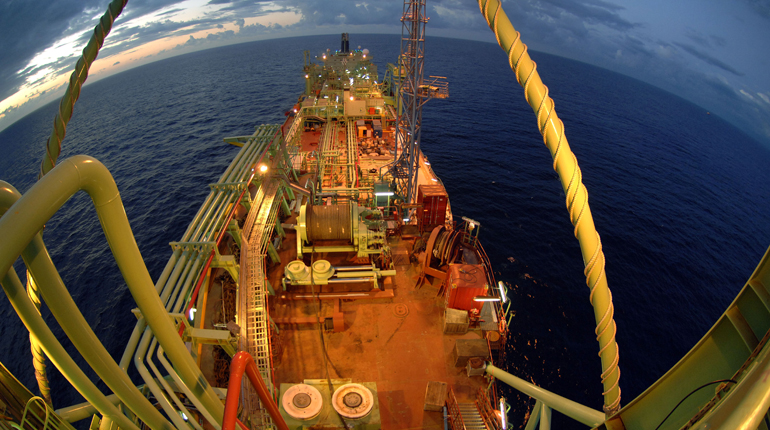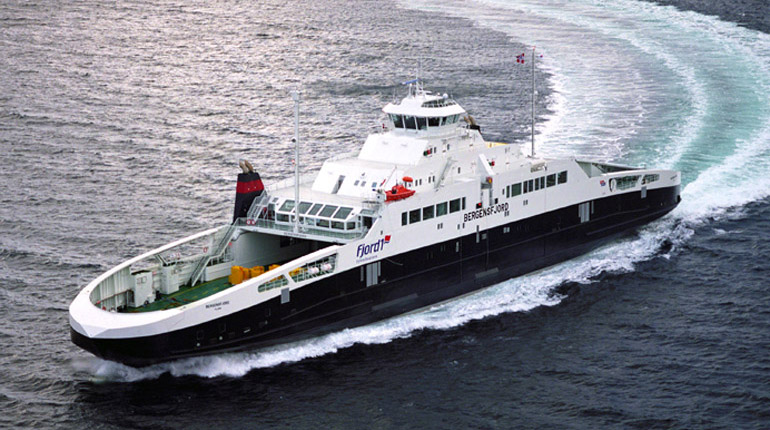Highlights
- Henry Hub futures rose above $4/MMBtu with the onset of the 2014-2015 gas-withdrawal season
- North American gas storage remains vulnerable to unpredictable weather, such as November's polar vortex
- Argentina will not reduce its dependence on imported gas and LNG despite changes to the hydrocarbon law
Economic overview
The strengthening of the United States dollar against key global currencies is weighing on crude oil prices as well as making LNG imports more expensive for major consumers of the fuel in Latin America during the southern hemisphere summer.
The US economy is on the mend, which has resulted in the Federal Reserve gradually tightening its ultra-loose monetary policy. The Fed ended its quantitative easing programme in October and is expected to start raising its key benchmark interest rate in H1 2015.
Quarterly and annual year-on-year GDP growth rates
| Q1 2014 | Q2 2014 | Q3 2014 | 2014 | 2015 | 2016 | |
| US | 1.9% | 2.6% | 2.3% | *2.2% | *3.1% | *3.0% |
| Canada | 2.1% | 2.5% | *2.3% | *2.3% | *2.4% | *2.4% |
| Mexico | 1.9% | 1.6% | *2.4% | *2.4% | *3.5% | *3.8% |
| Brazil | 1.9% | -0.9% | *0.3% | *0.3% | *1.4% | *2.2% |
| Argentina | 0.3% | 0.0% | *-1.7% | *-1.7% | *-1.5% | *-1.5% |
Unemployment rate in the US was at 5.8% in October – its lowest level since June 2008 – and the country saw an annualised GDP growth rate of 3.5% in Q3 2014, which was higher than the market expectation of 3%. Consequently, the US dollar index, which reflects the value of the dollar against a basket of major global currencies, has averaged 87.63 so far this month – its highest monthly average since February 2009.
However, this is not good news for key LNG consumers in Latin America – such as Argentina, Brazil and Mexico – as it makes LNG imports more expensive for them. Expensive imports are weighing on the current account balances of these countries.
The combined volume of LNG imported by Argentina, Brazil and Mexico rose by 18.3% year on year – to 18.6 billion cubic metres – in the first nine months of 2014. GGA expects the three countries will import a total of 24.4 bcm of LNG in 2014 – an increase of 16.2% on an annual basis.
Log in to continue reading...
To continue reading this article, you must have an active subscription. By logging in or signing up for a free trial, you are agreeing to our terms and conditions, privacy policy and cookie policy.



